This is my first post here, hoping to get some response. I've read through few similar posts and consensus is not to try parsing xml/html with regex but what I'm asking seems to be easier than the ones on other postings, so i'm giving it a shot.
I'm trying to find all the nested tags, here are some examples
I want to catch:
<a><a></a></a>
I don't want to catch
<a></a><a></a>
So in plain english I want to catch all
<a> following other <a> without having </a> in between them..and I want to look though the entire string so i should proceed even it sees a newline or linebreak
Hoping to have this problem solved. Thanks all!
